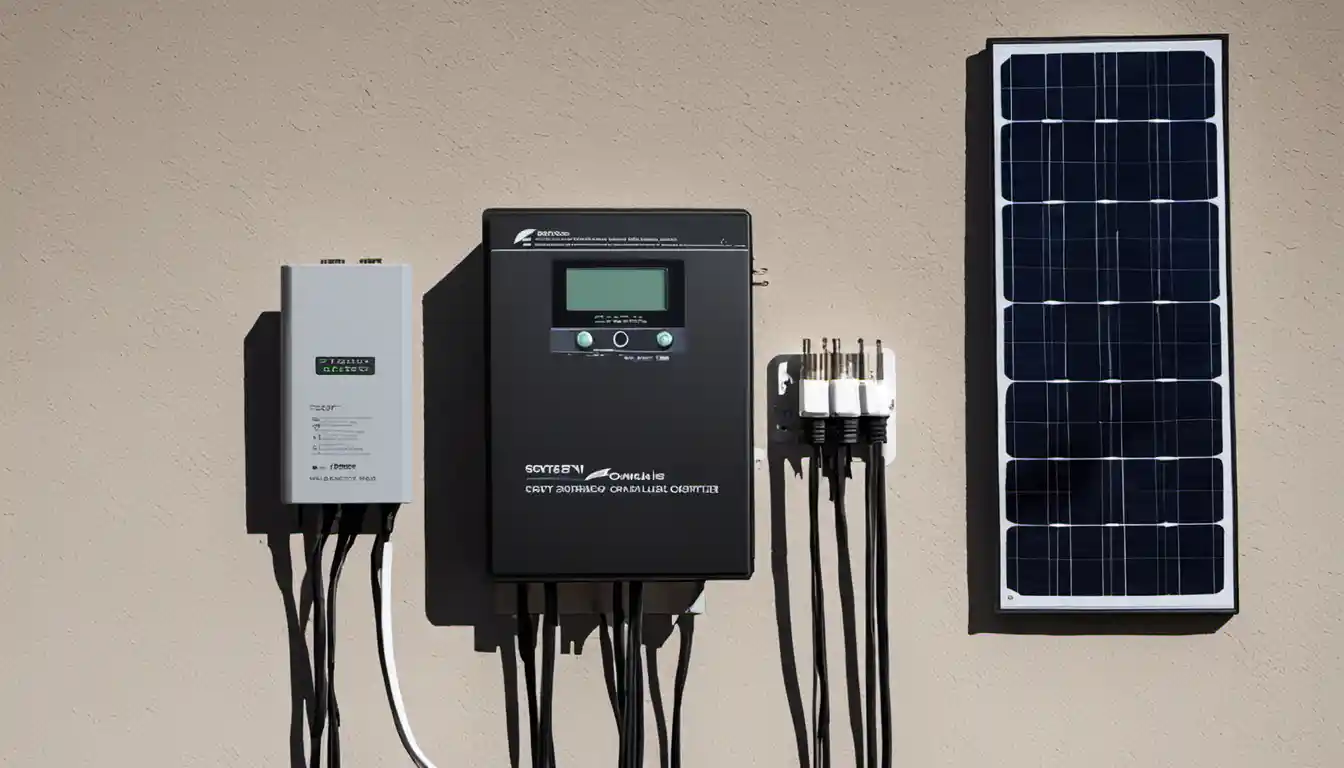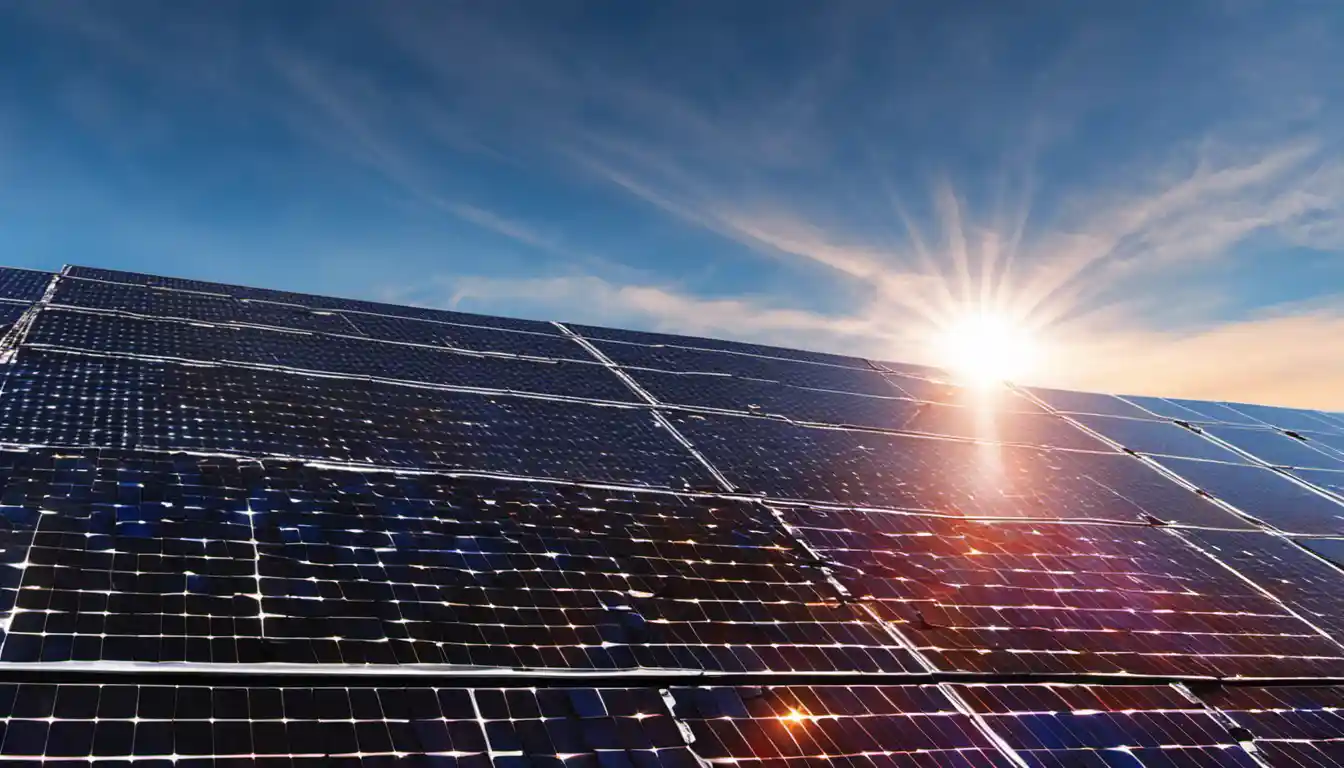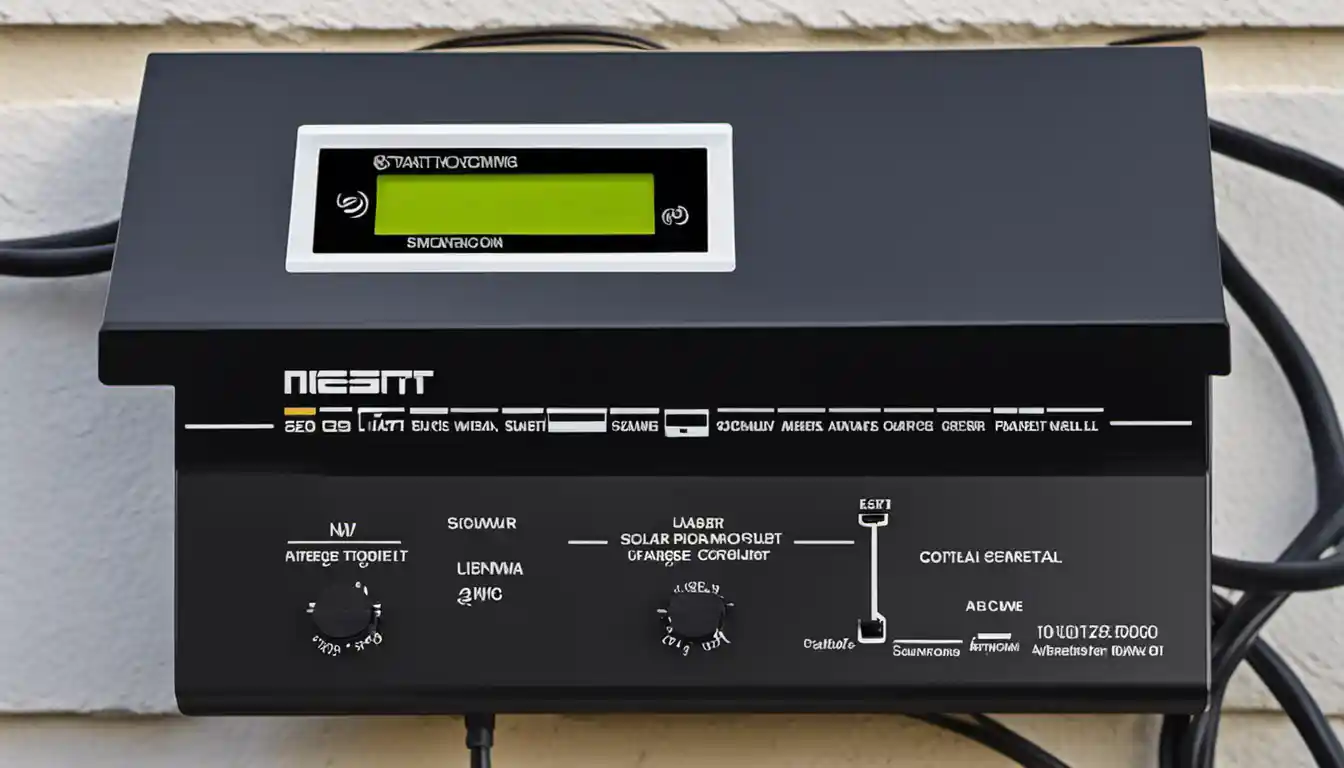Introduction
You can check if your solar panel is charging a battery by using a multimeter. Connect the probes to the positive and negative wires from the solar panel and set the multimeter to the direct current voltage setting. If the multimeter shows a reading around 12-20v during peak sunlight times, the solar panel is working and charging the battery.
Understanding the Basics of Solar Panel Charging
Before we get into how to check if solar panel is charging the battery, you should first understand the underlying principles. A solar panel system primarily consists of solar panels, solar charge controllers, batteries, and inverters. During sunlight, photovoltaic cells in solar panels convert solar light energy into electrical energy. This electricity will flow through a solar charge controller (a kind of voltage regulator), which ensures that the battery doesn’t overcharge and get damaged. The stored power in the battery can then be converted by an inverter into usable alternating current for powering homes or machinery.
Importance of Checking Solar Panel Charging
“Just installed it and forget about it” – sorry, but that’s not how solar panel systems function. Just as you maintain your car, solar panels, charge controllers, batteries, and inverters need regular checks to ensure they’re operating optimally. Knowing how to tell if solar panel is charging battery will help prevent unexpected power failures and costly replacements. So, follow along with me, as we delve into the juicy part of this guide!
Understanding Your Solar Panel System
Before stepping into our solar detective boots and troubleshooting, let’s first get familiar with our solar panel charging system. This requires understanding the connection and functioning of different components like solar panels, charge controllers, batteries, and inverters. So, invest some time reading the manufacturer’s manual or guide that came along with your solar system. Trust me, it’ll pay off down the line!
Three Simple Steps to Know if Your Solar Panel is Charging

If you ask me how to check if a solar panel is charging a battery, I’d tell you it’s as simple as ABC. You’ll primarily have to check your battery, solar panel, and solar charge controller. You’ll need a digital multimeter (DMM), a handy tool for anyone dealing with electrical systems. Let’s decode these steps now!
How to Check if a Solar Panel is Charging a Battery
Step 1: Checking the Battery
Identifying Corrosions and Disconnections
Visual inspection is the first step to identify corroded terminals or disconnected wires. Ensure your battery terminals are clean and that all wires are properly connected. Corrosions or disconnections are clear signs of your battery not charging properly.
Measuring Battery Voltage
Next, use your digital multimeter (DMM) to measure the battery’s voltage. Adjust your DMM to measure direct current (DC) voltage. Connect the red probe to the battery’s positive terminal and the black one to the negative terminal. For a 12-volt battery, a reading between 12–13 volts shows a fully charged battery. If the reading falls below 12 volts, the battery isn’t fully charged.
Step 2: Checking the Solar Panel

Identifying Solar Panel Damages
Just like with the battery, start with a visual inspection. Check for obvious signs of damage, such as cracks on the surface or eaten wires due to pests. Such signs indicate issues with your solar panels that might impede charging.
Measuring Solar Panel Voltage
Next, you’ll need your trusty DMM again. Measure the solar panel’s voltage by connecting the red probe to the positive wire and the black probe to the negative wire coming out from the panel. During peak daylight, you should observe a power rating nearly equal to the solar panel’s wattage.
Step 3: Checking the Solar Charge Controller
Identifying Issues with the Solar Charge Controller

A functional solar charge controller is critical for the system’s efficiency. Check for any signs of damage or unusual noises coming from the controller. Ensure it shows power coming into the controller.
Assessing Controller Voltage Input and Output
The crux of your mission on how to tell if a solar panel is charging the battery lies here. Use your DMM to measure the voltage at the controller’s input (solar panel) and output (battery) ports. You should note the manufacturer’s recommended input and output voltages. If these are not met, you may have found the culprit!
Common Issues with Solar Panel Charging and Their Solutions
In my 20 years of working with solar energy, I’ve seen all sorts of “Oh no, my battery isn’t charging!” scenarios. Let’s discuss some common ones. Remember, identifying these can be your first step to learning how to charge a battery with a solar panel.
Solar Panel Low Voltage Problem
If the solar panel voltage reading is less than the battery voltage, the panel may not be powerful enough to charge the battery. Upgrading the solar panel or reducing the energy usage might be necessary.
Rectify this and you’ll get your ‘how to check if solar panel is charging battery’ diploma with distinction!
And so on…
Conclusion – Importance of Regular Checks to Ensure Smooth Solar Panel Functioning
Phew, we made it! Who knew that learning how to tell if a solar panel is charging could be such an adventure? Remember, regular checks are key best practices for smooth solar panel operation. So, keep exploring, keep learning, and let’s harness the sun’s power efficiently together!



